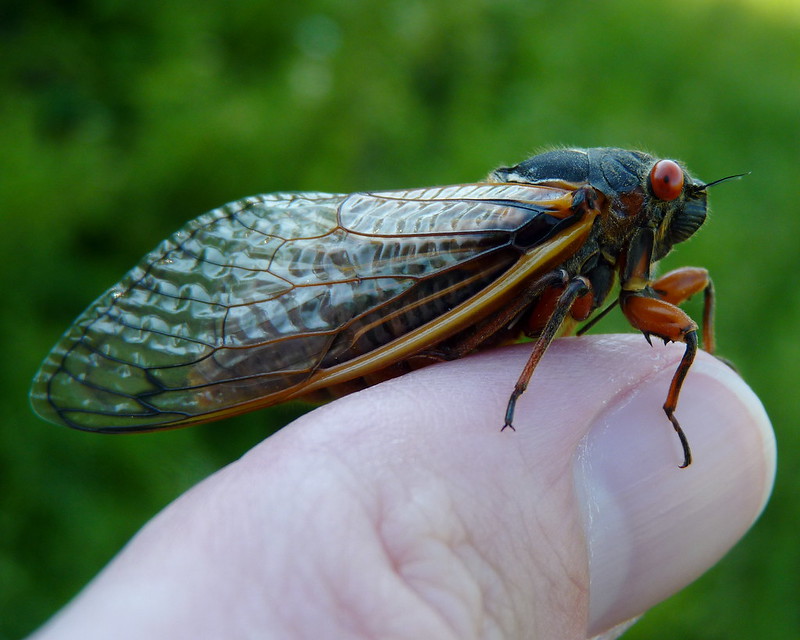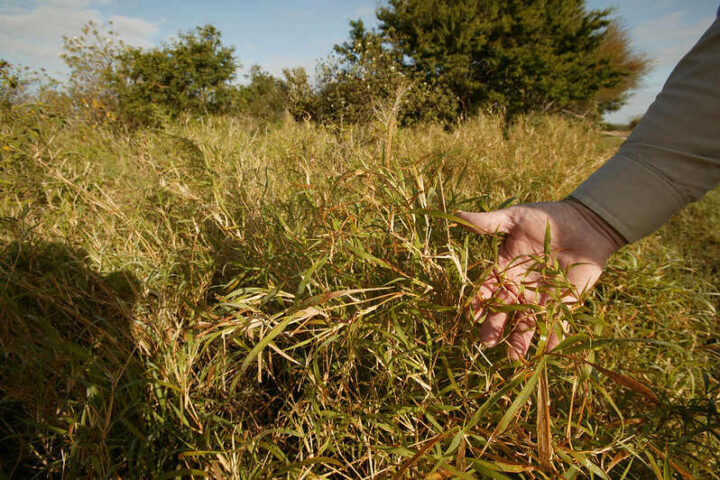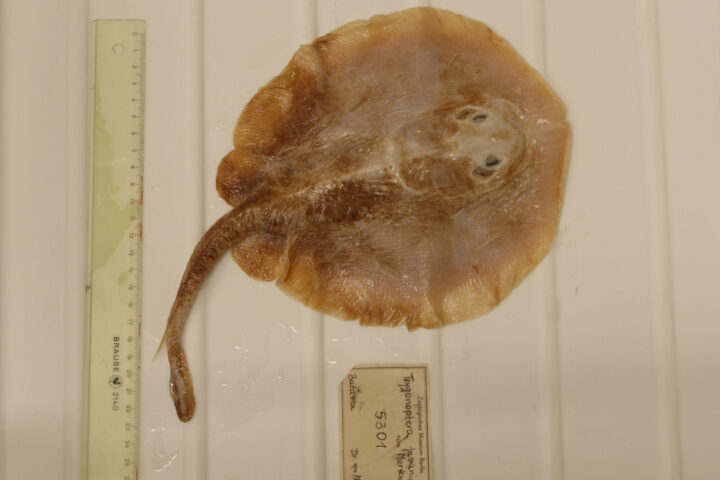Periodical cicadas are a group of cicadas inhabiting the North American continent, known for their mass emergence every 17 or 13 years. According to the Associated Press, in Newberry County, South Carolina, residents were surprised by the loud chirping of cicadas and contacted the sheriff’s office to inquire about the noise.
Periodical cicadas living in the eastern part of North America are distributed such that the 17-year cicadas are found further north, while the 13-year cicadas are found further south. These groups are categorized into what are called “Broods” in the years they emerge. The year 2024 marks a significant event with both the 13-year Brood XIX and the 17-year Brood XIII emerging simultaneously.
It’s estimated that the number of periodical cicadas emerging in 2024 could reach 1 million per acre (approximately 4047 m2), potentially totaling hundreds of trillions across the 16 states affected.
The accompanying map shows the region where Brood XIX will appear in light blue and Brood XIII in orange. The 13-year Brood XIX is distributed from the South to the Central regions, and the 17-year Brood XIII is found in the North. In central Illinois, the two types overlap, though they are unlikely to interbreed.
Similar Posts
This massive emergence of periodical cicadas has indeed startled some local residents. According to the AP, in northwestern Newberry County, South Carolina, residents have contacted the sheriff’s office, asking about sounds they described as sirens and roars.
Newberry County falls within the area where the 13-year Brood XIX emerges. While cicadas in Japan are typically associated with summer, Brood XIX emerges in spring to early summer when the ground temperature reaches 64 degrees Fahrenheit (17.8 degrees Celsius).
In response to the situation, the Newberry County Sheriff’s Office posted a message on Facebook: “We have had several calls about a noise in the air that sounds like a siren, or a whine, or a roar. The sound is cicadas. Cicadas are a super family of insects that appear each spring. The nymphs have lived underground for 13-17 years and now this time they are hatching. Although to some, the noise is annoying, they pose no danger to humans or pets. Unfortunately it is the sounds of nature.”

















